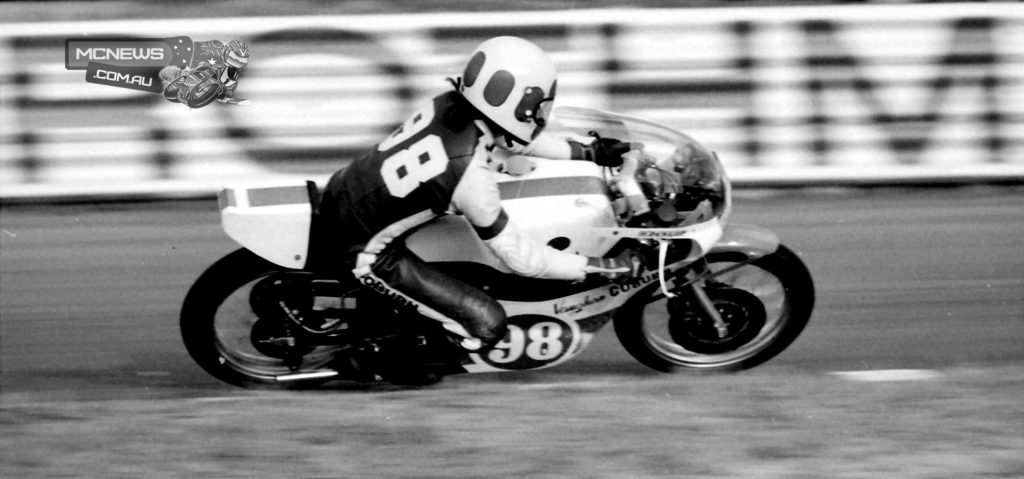The Numbers Game – By Phil Hall
Just lately I have found myself playing a little game each time I go to my local coffee shop. When you order a coffee, they give you a little piece of paper with a number on it and you move to the end of the counter and ask you to wait until number is called.
Now, I’m not a mathematical person at all; the arts are my bag rather than Maths and Science. But, somehow, I have a thing about remembering numbers. It began a long time ago when I used to travel with my family and one of the games my brother and I used to play was to make things up from the number plates of cars. From that we seemed to develop a fixation with remembering number plates that continues to this day. I can still remember the number plates of most of the carts that I have owned and my bikes as well.
In the mid-1970’s when I got involved in road racing, I started taking photographs “to order” Riders would ask me to take pictures of them at race meetings and I would sell the photos to them once they were developed and printed. This required taking close note of the programme and memorising the racing numbers of the riders who had requested pictures. It also naturally developed into memorising ALL the riders’ numbers. When I switched from photography to race commentary, the practice came with me and has continued to this day.
Fast-forward to 2010 and my fateful meeting with the cement semi-trailer on Macquarie Pass. The days of recuperation were long and deadly dull but, once I was able to get the mobility required and the dexterity needed, I decided that I would scan into digital form all the photos that I had taken back in the day. Counting colour slides, colour negatives and black and white negatives, the collection amounted to over 3000 individual photos.
Given that it is over 30 years since I last looked at them, the thing that amazed me about the process was how much the details of not only the riders and bikes but the circumstances of the races came back to me.
At the completion of the process, I found that I had pretty much correctly identified all the photos correctly even though they were totally uncatalogued and labelled. Of the 3000 or so pictures I think that probably only a hundred or so stumped me altogether. These omissions were pretty quickly dealt with by putting them out on Facebook and other social media and having my friends from the era fill in the gaps.
Now, back to my coffees. The numbers are always below 100 but it has been astonishing to me how many of the numbers on these little bits of paper are the numbers that relate to famous road racing riders and the numbers that they used when racing. AND to the fact that I remember the numbers and the riders.
So far I have had #34, #79, #35 and several other numbers of riders who I know or know of.
And it got me thinking. The significance of numbers in road racing. So let me mention a few.
#1. Len Atlee. Elder statesman of Australian road racing. Winner of the Inaugural Castrol Six Hour at Amaroo park and father of Marty, successful road racer of the late 90’s-early 00’s.

#6 Kenny Blake. Multiple Australian champion; most successful rider ever in the history of the Castrol Six Hour race. Killed at the IoM 9-6-81

#8 Used at various times by both of the Trinder brothers from Albury NSW.
#10. Traditional number of Jeffery Sayle, the younger of the two Sayle brothers.
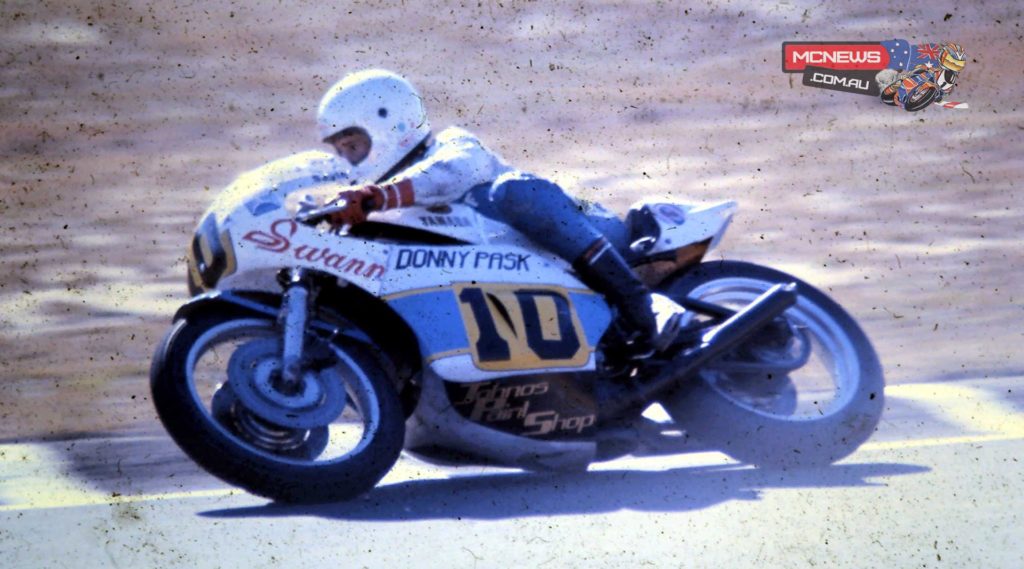
#12. John Warrian. The popular Queenslander not only kept this racing number for nearly all of his career but also retained the same sponsor (TAA) for nearly his whole career.
#19 Dave Burgess. Popular and successful rider from Wollongong at a time when the Illawarra was producing many top riders. Versatility was Burgo’s main claim to fame, mastering all manner of bikes from tiny and fiddly 125’s out of the Clem Daniel workshop through production bikes and on to TZ750 Yamahas.
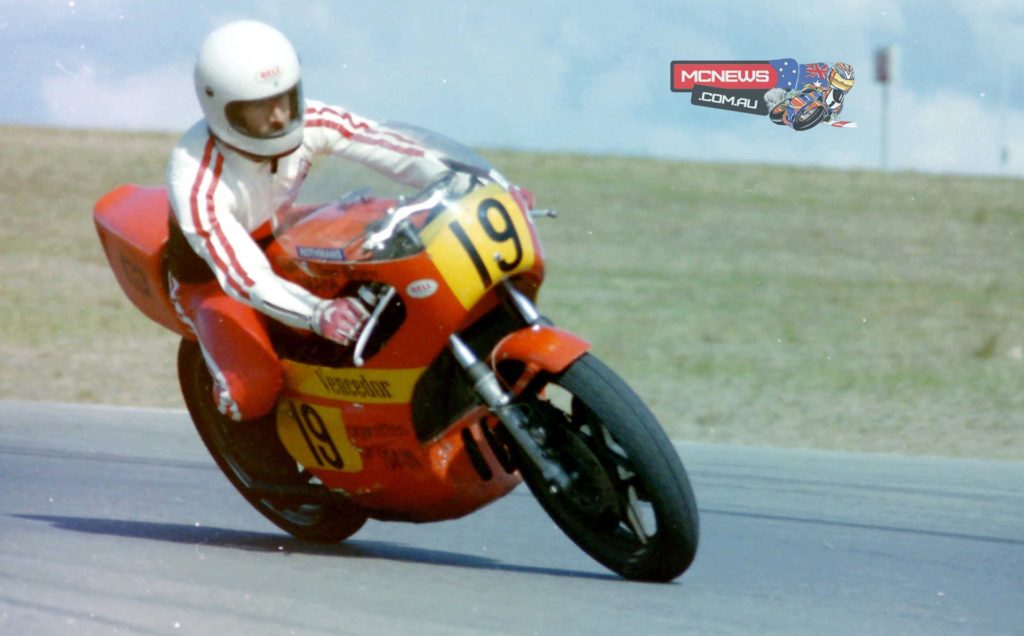
#20. Lee Roebuck. Another extremely versatile rider riding and winning on everything from 125’s and upwards, the Goulburn rider raced a brace of Nikko Bakker framed TZ’s late in the 70’s.
#22. Murray Sayle. One half of the TKA steamroller that swept Australian racing before them in the late 1970’s, Murray is still actively involved in the industry as a senior executive for Kawasaki Australia.
#26 Rick Perry. When the late Gregg Hansford went overseas to pursue the world championship dream, his place at TKA was taken by this popular Kiwi.
#31 Peter Senior. Racing out of WA in the 70’s when the tyranny of distance was even harsher than what it is now, Peter raced an RG500 Suzuki that is still being campaigned by his son.
#32. After the #02 of Gregg Hansford, the #32 of Albury’s Robbie Phillis is probably the best known number in Australian road racing. Winning multiple championships in the late 70’s-early 80’s, Phillis carried on into success in the WSBK in the 90’s before finally retiring. Lured out of retirement a number of years ago, he has again dominated Australian historic racing and shows no sign of letting up any time soon. A living legend of the scene, anybody that has had anything to do with the sport over the last 40 years will have one or two Phillis stories to tell. Dividing his time now between Australia and Germany where he mentors the career of his son who is racing in the German Superbike Championship, Robbie is the epitome of “horn”
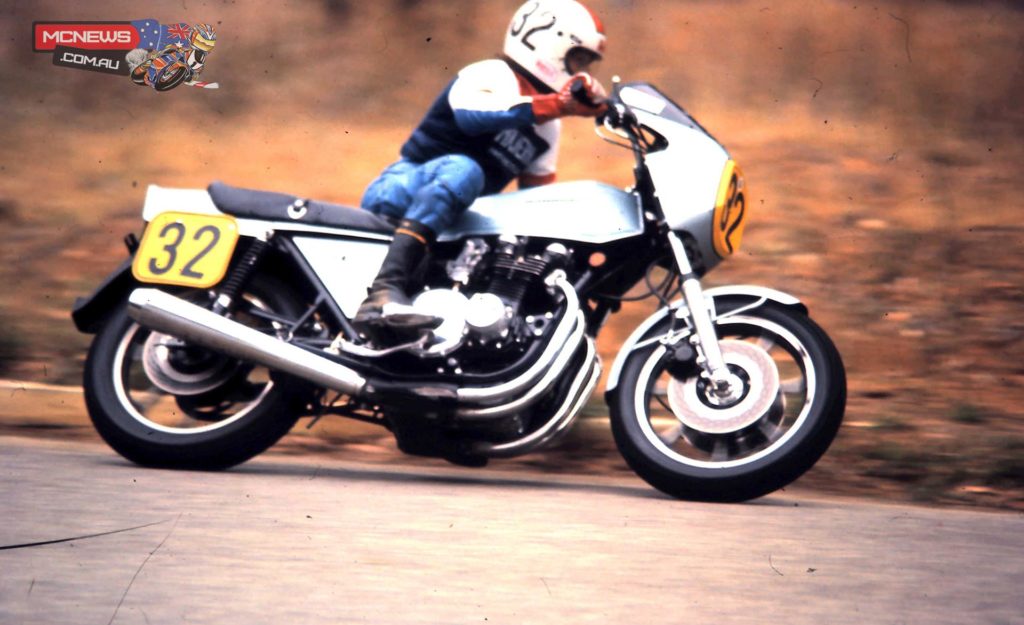
It should also be said that this number was worn with distinction by former sidecar passenger Graeme Macgregor who took his skills to Europe after dominating the TZ scene here. So well did he do in short circuit racing and the TT that he stayed and still resides in Britain.
#35. John Woodley. The popular Kiwi never had a registered Australian number but mostly used this number when he raced here. He sometimes rode under “W” and also #67 when borrowing his Kiwi buddy, Keith Katipa’s RG500.
#36 A shared number between two great riders. In the early stages of his career in Australia, the number was used by Graeme Crosby before he adopted the familiar #4 on the Ross Hannan Z1R. But the number was also used with great distinction by Johnny Pace, one of the best two stroke TZ raiders of his era. Also lured out of retirement, Johnny is making waves in historic racing on a very quick Katana.
#41. Victorian veteran, Bob Rosenthal. Rode for many years for Milledge Yamaha in Melbourne and is remembered most for his astounding win in the screaming rain at Hume Weir in January 1978. On an 18 month old set of wet weather tyres, Bob lapped nearly the whole field while winning the King of the Weir on a TZ750 Yamaha four cylinder two stroke bike, arguably one of the most unsuited bikes to the tight little Albury layout.
#42 Another shared number. Worn for many years on an immaculate blue and white TZ350, Dave King was synonymous with the number until a horror crash a Bathurst ended his career and almost his life. The number was then used by ex-sidecar passenger, Paul Feeney who took over the Hannan superbike when Coz went to Europe.

#49. Lenny Willing. The popular younger brother of “Rocket” Warren Willing, made his name in production racing and starred in several Six Hour races in the mid-80’s Hit by an attack of deep vein thrombosis after a trip to Europe, Lenny passed away before help could be rendered, a tragic loss to the family and to the sport.
#50 Bryan Hindle. Forever remembered as the co-winner of the first Six Hour (see #1, Len Atlee), Bryan is also remembered as the man who beat Agostini at Oran Park in 1971. Smooth and fast, he was the kindest of people off the bike, but tough as teak on it. Sadly killed in an ultralight airplane accident, his number carries on in the sport, being registered to his son, Glenn who is a multiple Australian champion in Historic Racing.
#52 Gary Coleman. One of the huge number of brilliant road racers out of the NSW Hunter Valley in the 70’s, Gary rose to the top with a berth in the Toshiba Yamaha Dealer Team before taking his mechanical skills overseas where he still works as a senior member of Valentino Rossi’s pit crew.

#56. Neil Chivas. A member of the famous Chivas family, Neil’s CV included a Six Hour win (with the late Alan Hales) and many more successes in production racing. Sadly, Neil passed away earlier this year at a tragically young age.
#59. Another distinguished number. Worn by Australian international, Jack Ahearn, the registered number was taken over by teenage sensation, Ron Boulden and used by him till the end of his career.
#63 Ron Toombs. Arguably the most famous and revered rider of the 60’s and 70’s, his CV would fill the rest of this article and several more.
#78 Duncan “Rat” Reed. Hugely popular with fans and fellow competitors, Duncan died in a tragic road accident while testing a customer of his bikes shop’s bike after doing a service on it.
#80 Ray Quincey. While he preferred the #8, Ray was unable to use the number in NSW as it was owned by Rob Madden. After winning everything that was worth winning here in the mid-70’s, Ray took his talent overseas and was showing huge promise until a wet race in Belgium where he fell and hit his back on an unpadded telegraph pole. Confined to a wheelchair since then, Ray has worked in the motorcycle industry in his home town of Melbourne since.
#81 Carl Hammersely. Talented and popular, the bearded South Australian was a TZ master in the 70’s but died in a road accident in the Adelaide Hills when the sidestand of his bike dug into the road and threw him off.
#85 “Rocket” Warren Willing. The glamour boy of Australian road racing in the 70’s, Willing’s boyish good looks and blonde hair made him popular with all the girls (those, that is, who weren’t following the other blonde heartthrob. Gregg Hansford). On his day (most of them), he was unbeatable and it was no surprise that he followed the exodus to Europe in the late 70’s. An horrific accident in the North West 200 that nearly claimed his life, finished his career, the leg injury incurred taking many years to properly heal. Warren has parlayed his engineering skills into lucrative work for teams like Kenny Roberts and others and he is still in demand today within the sport.
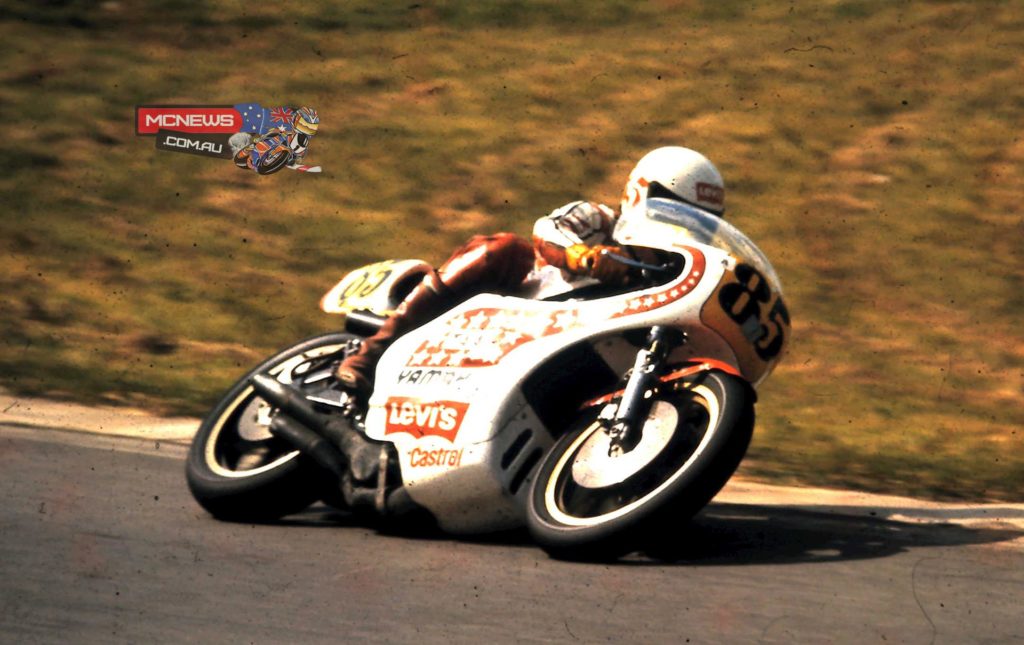
#89. Alan Hales. A production bike master, Hales claimed a Six Hour victory with Neil Chivas and was also a master of the cut-throat game of 250cc production racing. Continuing to ride on the road well into his 50’s, Alan died in an accident on the Old Pacific Highway just north of Sydney.
#98 Vaughan Coburn. One of a plethora of riders who traded paint and panels in the ferocious game of 250 production, he, along with most of the others, transferred that skill into TZ racing becoming one of the top 10 of the two stroke brigade in the late 1970’s. He also tried his hand at racing in Europe but came home disillusioned as most of them did. Famous for his lurid fairing painting courtesy of the late Alan Puckett, Coburn was the Australian version of Barry Sheene, the playboy racer.
